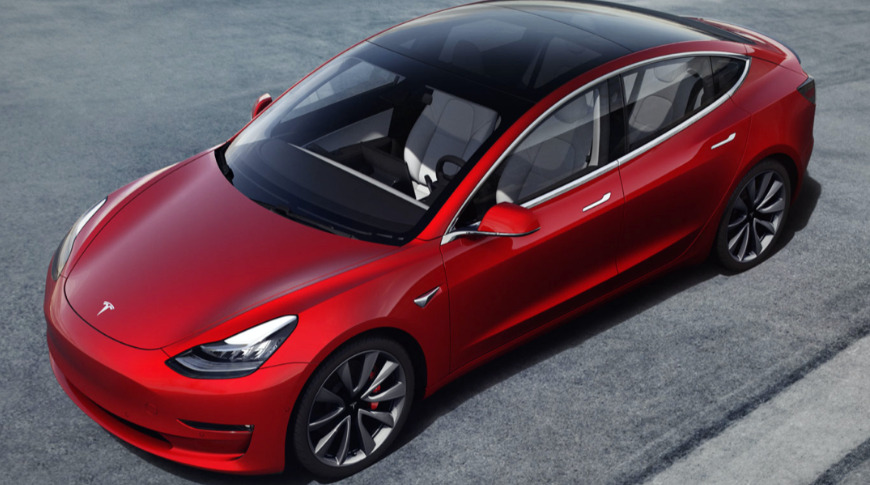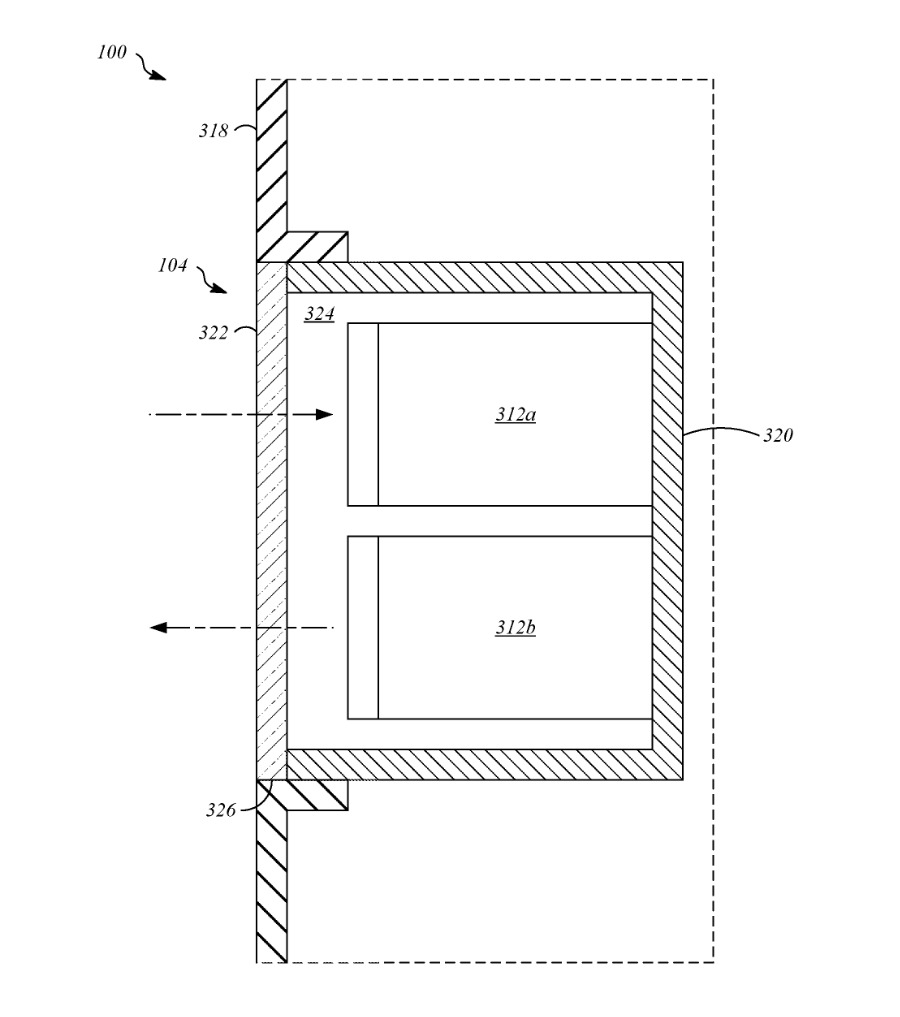A future "Apple Car" is likely to include sensors to allow it to be self-driving, and some of those sensors need a window or notch to allow them to work through the plastic or fiberglass of a vehicle body.
A newly-granted patent regarding a future "Apple Car" covers how the many sensors needed for self-driving will need to be mounted. It's a question of how best to expose the sensors so that they can function — just as Apple had to create a notch in the iPhone so that Face ID could work.
Apple's "Sensor enclosure and glass panels for sensor enclosures," ">patent does not use the word notch, nor does it refer to Face ID. However, it does detail different options for having openings in a car body to allow for mounting sensors.
"[These include having] an open front portion that is positioned at the opening formed through the exterior body panel [housing] an optical-grade tempered glass panel," says Apple. So a section of a car's chassis could contain an array of sensors mounted behind glass.
The patent describes alternative suggestions such as mounting sensors within a car's bumper, but the problem Apple is trying to solve remains the same. Apple needs to house sensors in such a way that they can function and yet be protected.
"The sensors can include, as examples, visible spectrum cameras, infrared cameras, infrared emitters, and LiDAR sensors (which include emitters and detectors)," says Apple. "Some sensors are not tolerant to signal degradation that may occur when emitted and/or received signals pass through glass, plastic, or other signal transmissive materials."
There is, though, an alternative that protects the sensors and yet does allow signals to pass through. "Optical grades of glass have controlled refraction, dispersion," explains Apple, "and can be used in sensor applications to avoid signal degradation."
Unusually for a patent, Apple actually specifies components and manufacturers. It says that optical-grade glass options include n-BK7, manufactured by Schott AG, S-BSL7 manufactured by Ohara Corporation, or H-K9L manufactured by CDGM Glass Company Ltd.
The patent includes block drawings that show such glass positioned at the front of the "Apple Car." The drawings are not of any specific vehicle, and they are seemingly not to scale, so it's impossible to determine just how large such a sensor notch would be.
Consequently, the enclosure could be small enough to be less noticeable than the iPhone's Face ID notch. Or it could be large enough, and wide enough, to more closely resemble the red-strobing sensor on KITT, in "Knight Rider."
The patent is credited to two inventors, Christopher D. Jones and James R. Wilson. Both have multiple previous patents relating to "Apple Car," such as one for adjustable windows, and another for detecting cracks in the glass.
 William Gallagher
William Gallagher








-m.jpg)






 Charles Martin
Charles Martin
 Malcolm Owen
Malcolm Owen

 Christine McKee
Christine McKee
 Marko Zivkovic
Marko Zivkovic
 Mike Wuerthele
Mike Wuerthele

 Amber Neely
Amber Neely









13 Comments
Oh, no! A notch? Heaven forbid! Can’t wait to read these comments.
BMW, MB, Tesla have notch in front shield for sensors already....
No surprise, Apple just copying Samsung Motors.
So has every car I've driven -- a big ole notch for the rear-view mirror, right in the middle-top of the windscreen!